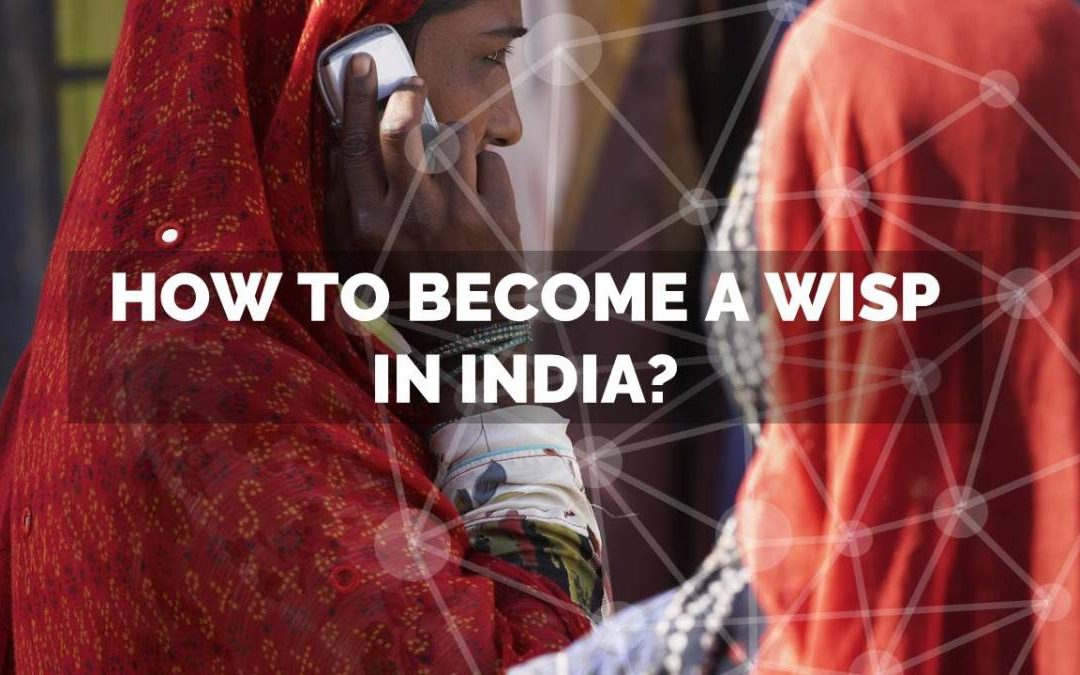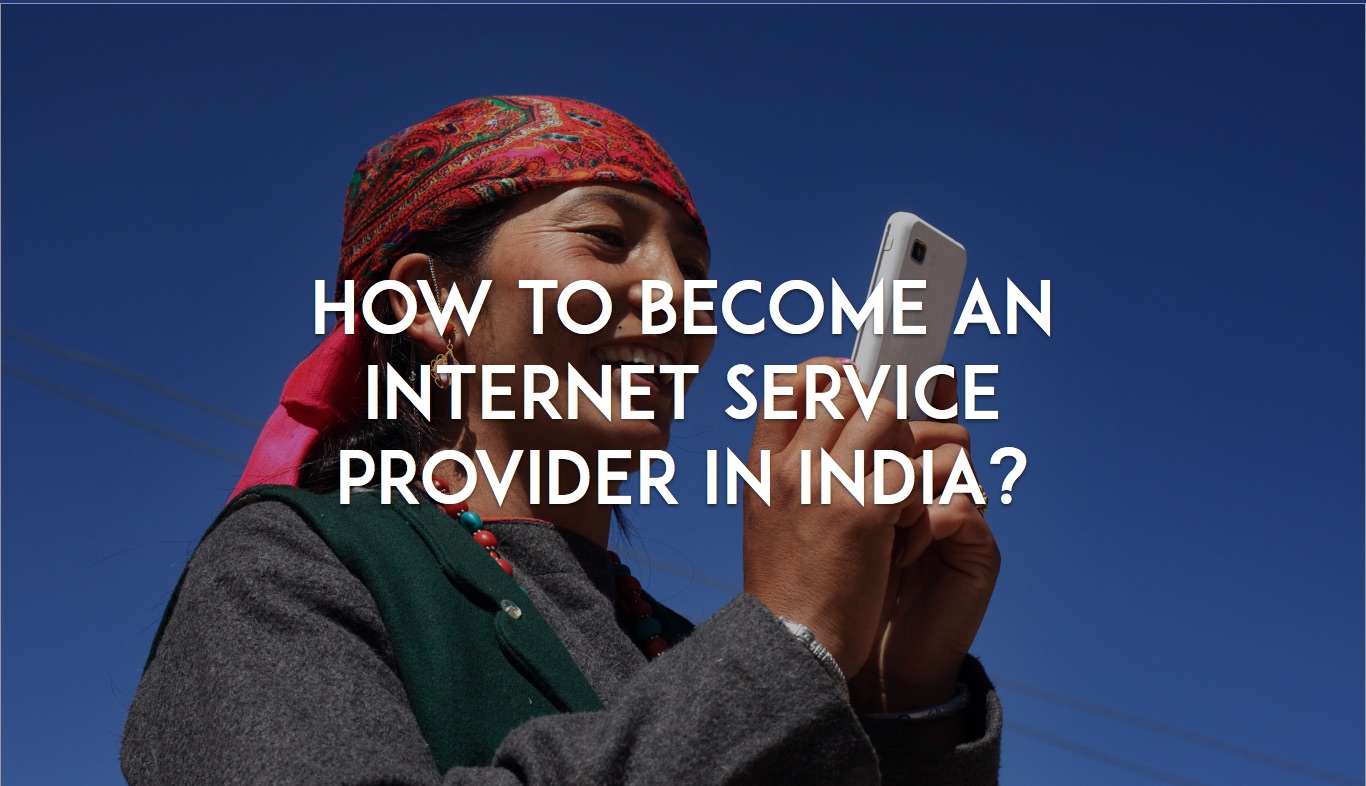In this article we provide information on how to become an Internet service provider (ISP) in India:
Quick Summary
- Understand Competition and Market size of your Area
- Understand your Area of coverage
- Understand Infrastructure (One-time) cost.
- Purchase bulk bandwidth from a Licensed Provider.
- Create your internet plans
- Set up network infrastructure
- Start marketing with brochures, banners and free WiFi advertising
- Build customers; give them quality service and support
- Become an Internet Service Provider in India!
OR simply contact us and we shall help you get started! https://muftinternet.com/isp-consultant-india/)
1. Understand competition and market size of your area: How to become an Internet Service Provider in India
To start planning your own ISP, the first thing you need to know is the competition in your area. You should have the answers to the following questions:
- How many ISPs are currently operating?
- What are their pricing plans?
- Reviews from at least 20 customers to understand their quality of service.
- What is the approximate market size –
- How many existing users of WiFi internet are there?
- Total number of households in your area?
Note: This article is for villages/towns/cities without much connectivity or competition. We don’t recommend you to start your own Internet Service provider business if:
- There are more than 5 ISPs already.
- Your competitors are already providing 100 Mbps – 1 Gbps speeds. In this case, there would be very minimal chances to compete over price.
- If customer reviews are good.
In such cases, we generally advise to look at a nearby area with lesser competition. Lesser competition makes it easier for you to start an ISP with low investments, which in turn helps earn faster returns on your investment. The pace of on boarding new customers will also be higher if there is no or less competition.
2. Understand your area of coverage: How to become an Internet Service Provider in India
Your total investment depends mainly on the area you’re trying to cover. The bigger the area, the bigger the investment. Approximately, it takes about 4-6 lac to create a network of about 20 Kms. Depending upon your investment capacity, choose the right area(s) to start your service in. To start with, choose areas with –
- Higher population density,
- Higher number of corporate offices. (Banks, Schools, Colleges, Retail Shops, Hospitals, Government offices)
Do know that you can always expand your area of coverage with additional investment but it’s essential to start with the areas with more potential demand first.
3. Understanding infrastructure needs and costs: How to become an Internet Service Provider in India
The important thing to consider a having a reliable and cost effective network that will power your ISP business.
Method of Delivery:
- Fiber Optic Wiring – The first thing to consider here is method of delivery. You can choose to lay your fibre optic cables. This method can be slightly more expensive. Although, if you want to provide 50 Mbps+ plans in your area, you would need to deploy fibre optic. Fibre optic is capable of providing Upto 1 Gbps speeds.
- Wireless – Alternatively, you can also choose to deliver your Internet service by creating a Wireless network. Please note this is different from creating a WiFi hotspot network. This method of delivery can deliver only upto 100 Mbps optics but wireless is also carried out at less than half the cost of fibre optics.
Which method to choose?
If the general internet plans in your town/village are above 50mbps per customer, you would require fiber optics. Let’s see the major advantages and disadvantages with Wireless or Wired Network –
Wireless Network | Fiber Optic Network |
| Capable of Upto 100 Mbps only | Capable of Upto 1 Gbps |
| Higher Installation cost per customer (~4000-5000 INR) | Lower Installation cost per customer (~2,000 INR) |
| Lower Infrastructure cost (2-3 Lac Minimum) | Higher infrastructure cost (4-6 Lac minimum) |
| Useful for providing far away remote connections (Upto 30 Kms by Air) | Useful for providing connections in Densely populated areas. |
Basic Wireless Hardware Includes:
- Router/Server
- Switch
- Point to point equipment (P2P)
- Point to multi point equipment (P2MP)
- Cat 5 and Cat 6 Ethernet cables
- Client premise equipment (CPE)
- Home routers for customers.
Basic Fiber Optic Hardware includes –
- Splicing machine
- Optical line terminal (OLT)
- OTDR Machine
- Fiber cables (2 core/4 core/8 core and so on)
- ONU (Customer side device)
- Home routers.
4. Purchase bulk bandwidth from a licensed ISP: How to become an Internet Service Provider in India
To sell Wi-Fi internet to homes, you will need to purchase a bulk internet connection from an ISP Licensed Company. The bulk internet service provider will drop your internet connection to the nearest telecom tower in your area. From there, you can lay down your own fiber cable and transfer it to your network first, and then to your customers. Now, a number of questions arise –
Why a Licensed company?
- In India, you need to get an ISP License to provide internet services. You can apply your own ISP License as well but this turns out to be much more expensive than buying directly from a licensed company.
- A licensed company will be able to offer better prices to small ISPs than big telecom companies like Airtel/Jio.
- If you buy bandwidth for ISP in India from a licensed provider, you don’t need an ISP license. They will share their license with you.
- Better technical support.
Cost of Bulk Bandwidth?
Bulk Bandwidth packages start from 50 Mbps with an approximate cost of 15,000/month including GST and go up to 1 Gbps + as per your requirement. The higher bandwidth you buy, the lower the cost of per Mbps.
How much bulk bandwidth should I buy initially?
- How much should you buy wholesale internet bandwidth? That depends on what your internet plans are. For example, if you’d like to provide plans from 10 Mbps going up to 50 Mbps, then bulk bandwidth of 50 Mbps is enough initially for up to 40 customers.
- If you’d like to provide plans upto 100 Mbps, then bulk bandwidth of 155 Mbps is enough initially for upto 50-70 customers.
How can I provide 100 Mbps to 50-60 customers with just 155 Mbps of Bulk Bandwidth?
- The chief strategy on how local ISPs earn money is that they distribute a single big internet line to multiple small customers.
- As per our experience, 50-60 customers together, at any given time, cannot consume more than 155 Megabits per second.
- If we assume the cost of 155 Mbps to be 30,000 INR, the cost per customer at 50 customers is 600 INR. You can sell it anywhere between 800-1500 INR depending upon your market competition.
Time taken by licensed ISP to deliver the Internet to my area?
4-6 Weeks
5. Creating your internet plans: How to become an Internet Service Provider in India
Creating the pricing plan that suits your area depends on the following factors –
- Competitor pricing
- Are Mobile networks strong in the area?
If yes, it would take higher speeds (Mbps) to attract customers to buy your internet service. - Cost of Bulk Internet
- Ideal internet plans for any market in India are –
- 25 Mbps at 500-700 INR
- 50 Mbps at 700-1000 INR
- 100 Mbps at 800-1200 INR
- 200 Mbps at 1500-2500 INR
- 1 Gbps at 1500-3000 INR
6. Set-up your Network Infrastructure: How to become an Internet Service Provider in India
Once bandwidth is ordered with a licensed ISP, you will now need to plan, install and configure your network infrastructure. All devices should be carefully configured for best performance. All fiber cables should be laid down in the right manner and route. If you need technical help in doing this, feel free to contact us.
All of the network should be connected to your router placed at any central location. Once bandwidth is delivered, connect it to your network using your fiber cable network and start giving customer connections!
7. Start marketing and build a customer base: How to become an Internet Service Provider in India
- Ensure door to door marketing of your services to accumulate as many customers as possible.
- Provide them with good support which will enable better retention rate.
- Introduce offers for new users.
- Provide discounts on 6 monthly or annual payments.


